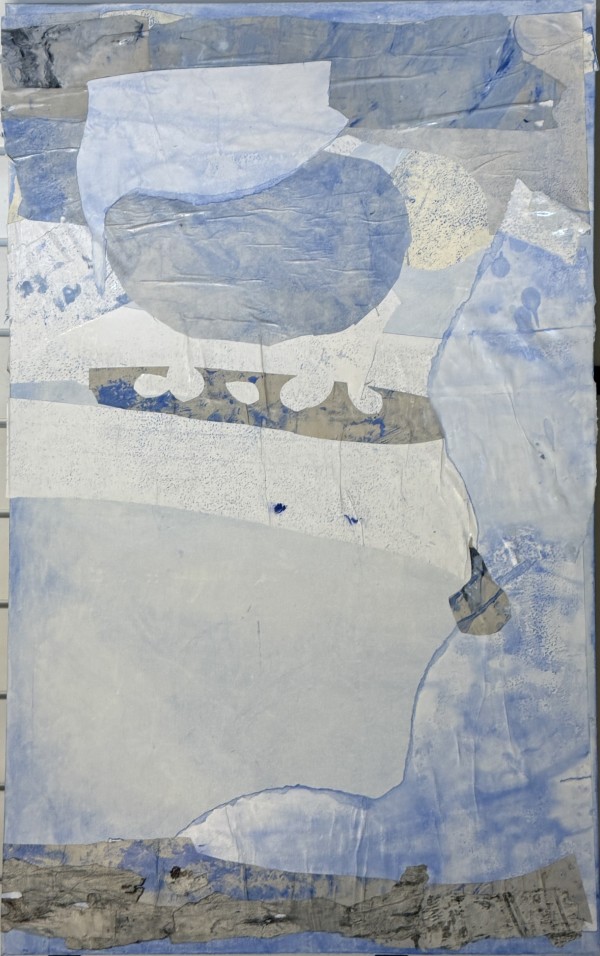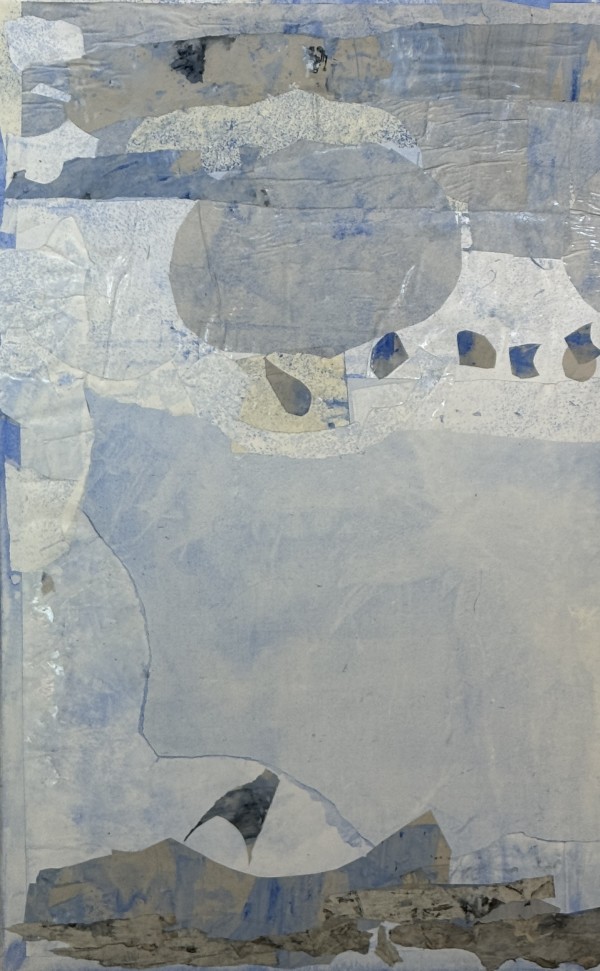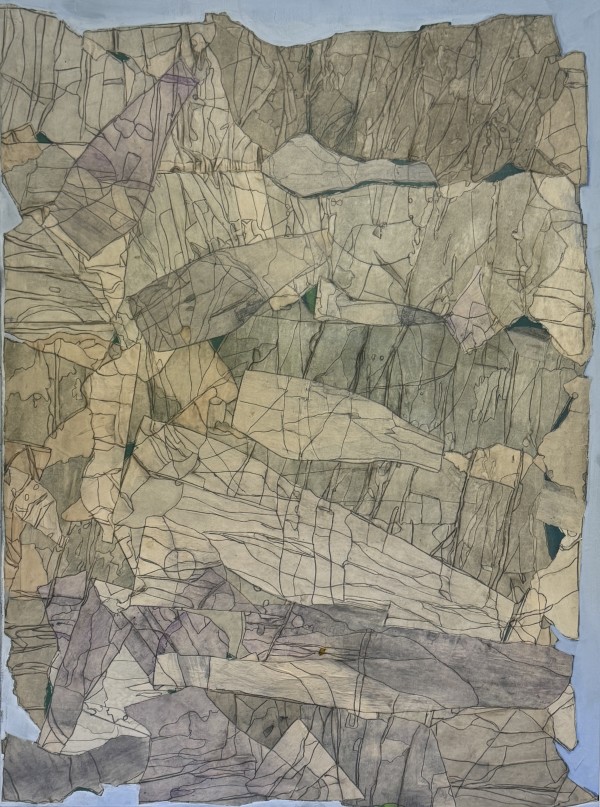
This work draws its pulse and structure from Dizzy Gillespie’s A Night in Tunisia — a piece where rhythm and harmony collide in restless dialogue. The painting’s layered surfaces of slate gray, sand, and muted blue evoke desert wind and night air, translating Gillespie’s syncopated trumpet lines into visual tempo. Each mark becomes a beat, each shift in tone a change in key or mood.
The composition, like the jazz standard itself, hovers between structure and improvisation — a tension that defines both bebop and abstraction. The rhythmic interplay of light and dark, roughness and smoothness, mirrors the music’s counterpoint between Latin rhythm and modern harmonic complexity. It is a visual transcription of energy held taut — an improvisation caught mid-breath.
In The Condition of Music series, this work explores how sound can become form — how gesture, like melody, can both improvise and resolve. The syncopation of line and texture echoes Walter Pater’s idea that “all art constantly aspires to the condition of music.” Here, the condition is jazz: fluid, unpredictable, rooted in freedom and risk.
If Gillespie’s composition conjures the nocturnal heat of North Africa — where silence hums with rhythm — this painting channels that same vibration into the language of abstraction: a night alive with texture, movement, and the pulse of invention.
- Collections: Atlas Series, Rock/Paper/Scissors , The Condition of Music










